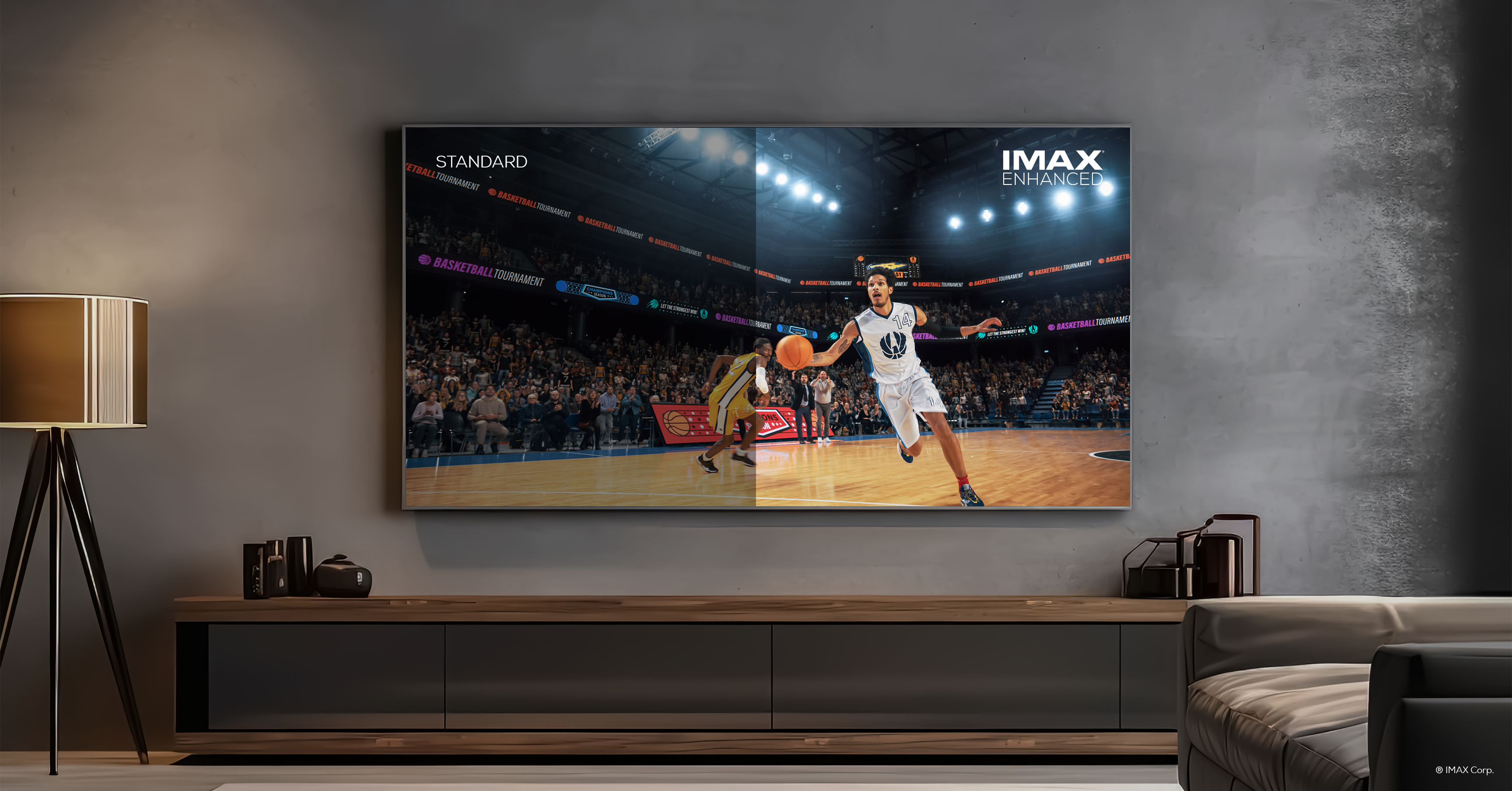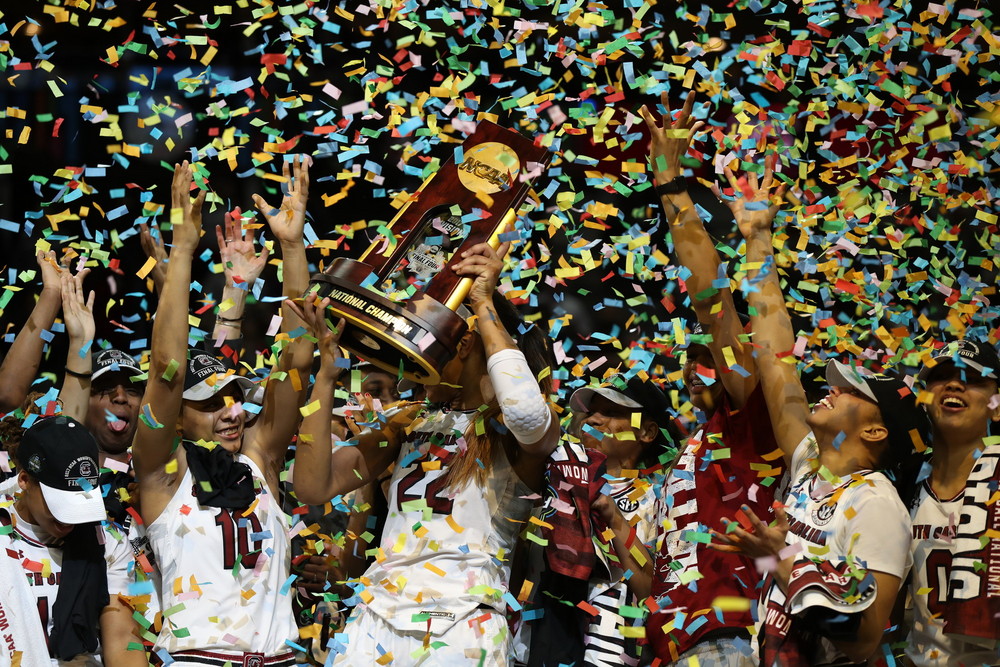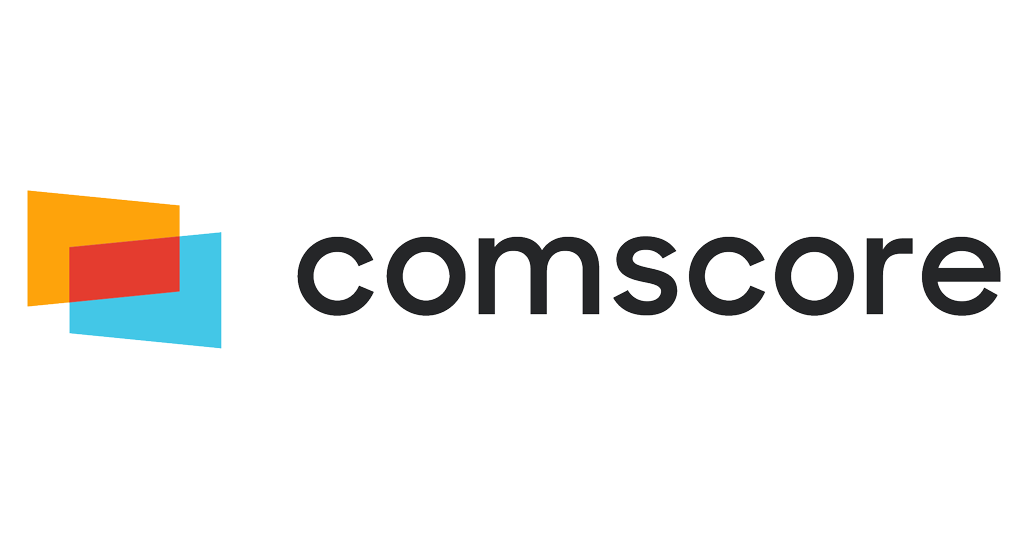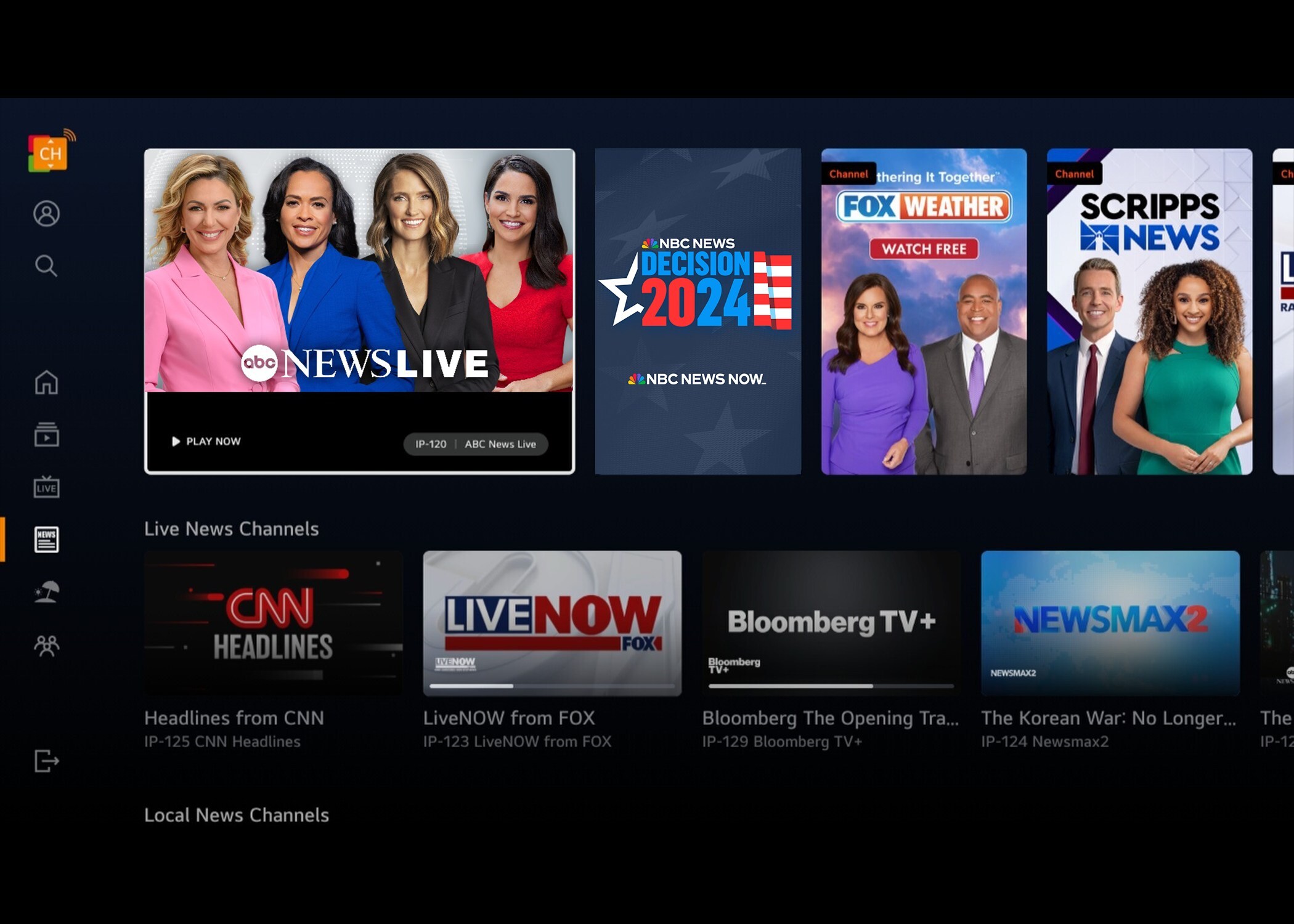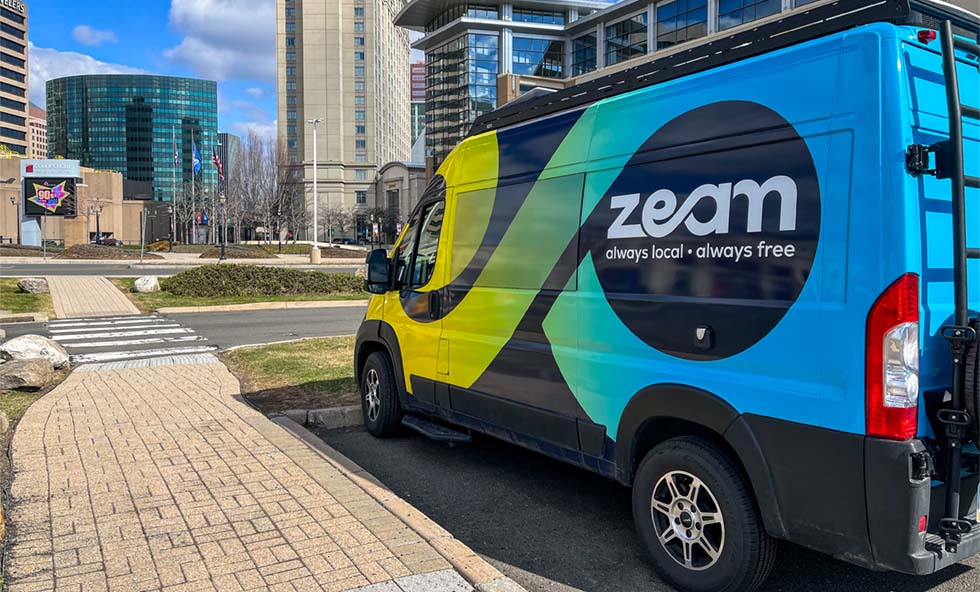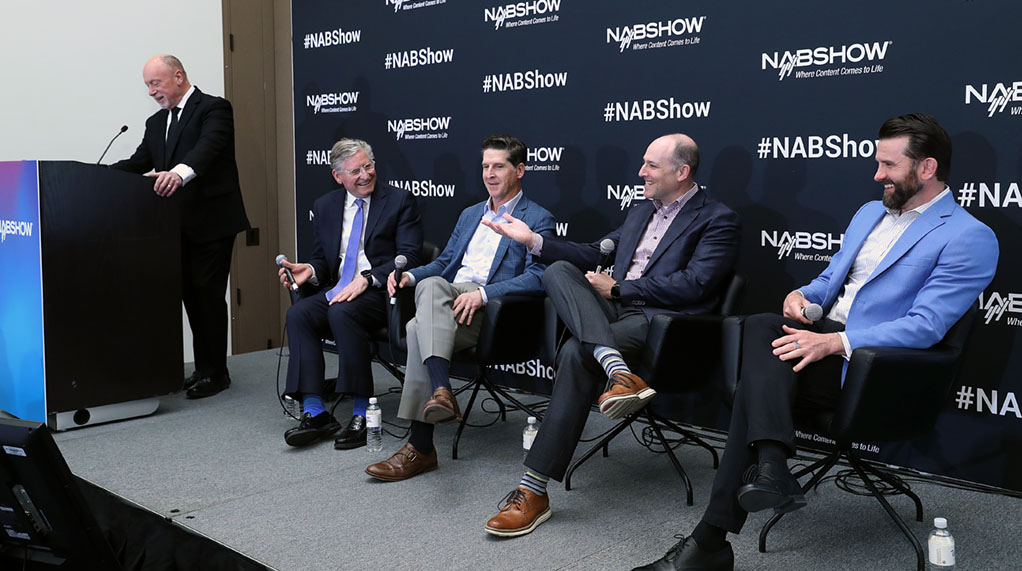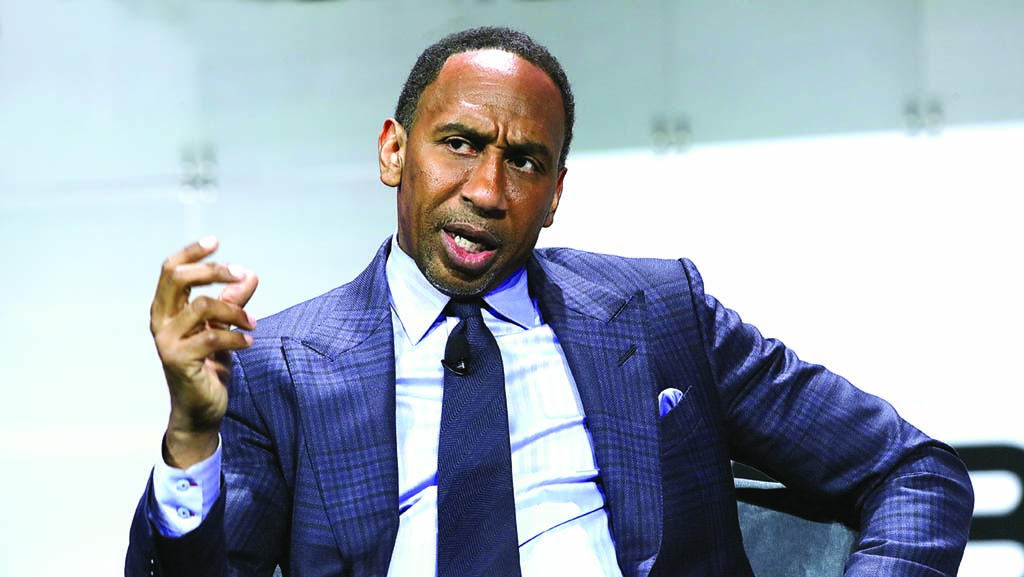More on HDMI 2.0 and 4K
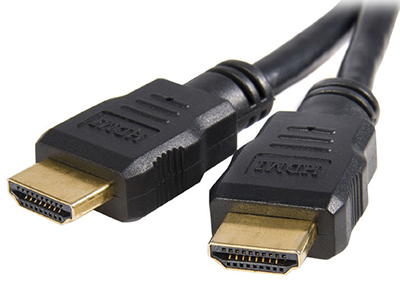
More HDMI 2.0 products are expected by the International CES in January
BERLIN—The HDMI Forum last month unveiled HDMI 2.0, an upgrade of the consumer video standard that will support 4K video at 18 Gbps, enabling 2,160 progressive scan lines per frame—up from the 720 that comprise current HDTV—and frame rates of up to 60 frames per second. The current HDMI 1.4 could only transmit 4K with up to 30 frames per second.
HDMI 2.0 will also support up 32 audio channels, along with support to 1,536 kHz audio sample frequency, yet is backwards- compatible with previous versions of HDMI, and will even utilize the same Category 2 cables and connectors. For consumers this means no new cables to buy, and no rewiring.
MORE BANDWIDTH
“It is very similar to other upgrades that we’ve had,” said Steve Venuti, president of HDMI Licensing. “The cable is the same, so the [Category 2] high-speed cable from 1.3 will work with the higher bandwidth of 2.0 and with no change to the connector.”
What it could offer viewers at home is a new way to engage with content. “It does allow for new ways of consuming media,” said Venuti. “This includes the ability to see two screens at one time—which could be useful in video games. Applications like this require more bandwidth, and HDMI 2.0 can support dual screen and dual audio through a single cable.”
Consumer electronics makers took little time to get on board with HDMI 2.0 and Panasonic announced its first entry into the 4K space at IFA. The TH-L65WT600A LED LCD Viera will arrive at retail in October and will support HDMI 2.0 at 60fps.
“As a founder and developer of the HDMI standard, Panasonic was pleased to see the new standard come together so quickly to support full 4K Ultra-HD and the bandwidth needed in consumer products,” said Peter Fannon, vice president of Technology Policy at Panasonic Corp. of North America. “HDMI 2.0 is the future-proof connector for today’s new 4K UltraHD TVs. For this reason, you can be sure that Panasonic will include HDMI 2.0 on many products going forward.”
Get the TV Tech Newsletter
The professional video industry's #1 source for news, trends and product and tech information. Sign up below.
HDMI 2.0 for 4K Workflow

While HMDI 2.0 has been touted as a way to streamline video consumption and production to a single cable on the production side there hasn’t been the resounding approval that the HDMI Forum likely was expecting.
“HDMI is really consumer hardware,” said Bruce Devlin, chief technology officer at Amberfin. “It is a much neater experience, and it also has the potential to allow for a compact software ecosystem. But it remains a question of scale, and as it is an off-the-shelf product it allows for a lower price point.”
However, when compared to the myriad of cables and standards that currently exist, it lacks both the range and bandwidth that is already available; HDMI 2.0 might find a limited use with professional editing and graphics. “It still has compression in it so it is more of an output than a workflow connector,” said Fred Lahey, director of the Colorado Film School. However, “HDMI 2.0 could be a way to drive consumer adoption of 4K as a format, which in turn drives the need for 4K production.”
It is also a matter of compression, something that consumers deal with all the time, but whereas the pros need to work within an uncompressed environment. However, the ability to streamline via HDMI 2.0 could still be appealing.
“In a post capture it doesn’t matter if you are viewing in a compressed state,” said industry consultant Mark Darlow. “The industry captures in myriad formats and distributes via myriad of formats. The 4K workflow could allow this to become simpler and this could bring down the barriers of entry as there are fewer boxes to deal with.”
It could also push the adoption of 4K. “In five years time we could very well be looking at 4K video instead of Blu-ray,” added Darlow. “That could make the industry very different than what it is today, and fundamentally it should simplify the workflow for anything that had to go through—from capturing to viewing.”
Peter Siciu
It is expected that by January’s CES other manufacturers will be lining up sets that support HDMI 2.0. “We’re at the forefront of UHD and 4K and getting HDMI 2.0 in place is crucial,” said Brian Markwalter, vice president of research and standards at the Consumer Electronics Association. “By all appearances we will see 2.0 in many devices by the end of the year.”
With products in the pipeline and the need not to replace existing cables, it could make it an easy upgrade for consumers, and potentially even the pros who use HDMI in their daily production workflow. “HDMI was always a consumer interface, but as it became an everywhere cable it filtered into the pro and broadcast space,” added Venuti. “We see HDMI moving into Hollywood where it is being used more and more due to its price point.”
“That has been one of the reasons this has been so anticipated,” agreed Markwalter. “This is clearly why the industry has been so anxious.”
NOT FAR ENOUGH
However, not all are in agreement that the technology goes far enough. While it means less standards to support and a move to universal cable, HDMI has a few notable issues that could keep the pros from truly embracing it. HDMI 2.0 does not define power over the link, nor does it provide a means of locking the cable into a device—which can certainly be a problem in the field.
There are even issues that could limit HDMI’s longevity in the consumer space. “The problem with 2.0 is that it does go far enough,” said Peter Putman, president of ROAM Consulting. “It took two years to develop this standard and it is kind of disappointing that the time was spent only to be caught up with Display Port, which is already pushing past this.”
Putman added that HDMI 2.0 is thus not going to be breakthrough that the industry had expected, and at least not when it comes to the development of high dynamic range video and movie content. “To me, it is like they remodeled the house or souped up the car, but there is still something missing. It can handle two streams at once, but that’s just a bitrate issue. That is good, but this isn’t really good enough.
“Every camera and monitor today has an HDMI port, and a lot has been done to make it better,” Putman added. “But [the HDMI Forum] really didn’t push the envelope. There is talk of broadcasting down the road on 8K on a limited space, so they should have thought ahead. Now we’re going to have to see the next update in just a couple of years.”
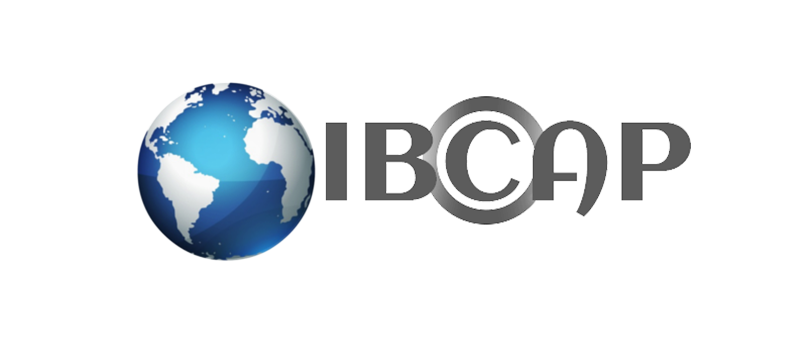
IBCAP Announces $25 Million Lawsuit Against Lemo TV and Kemo IPTV
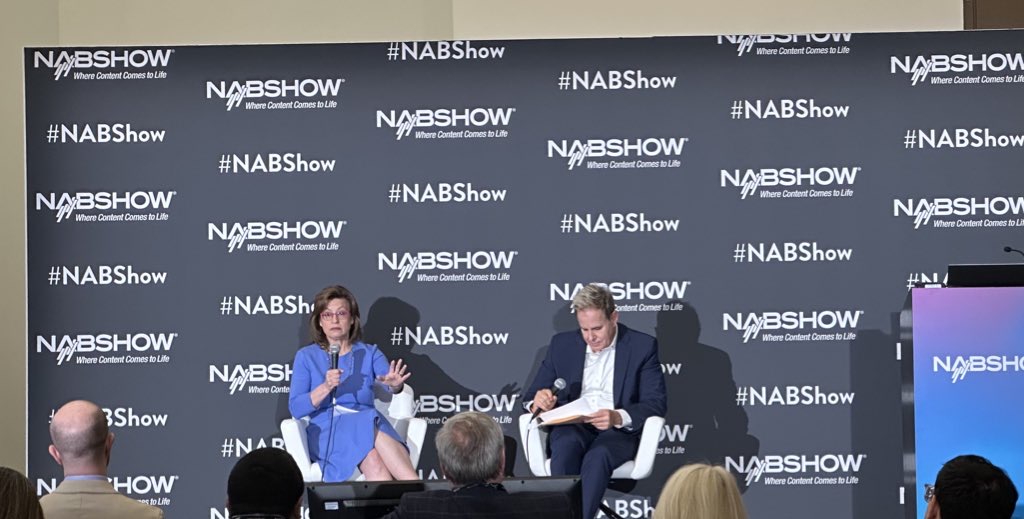
NAB Show: Gomez Warns That FCC Is Straying From Its Mandate
